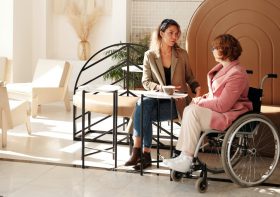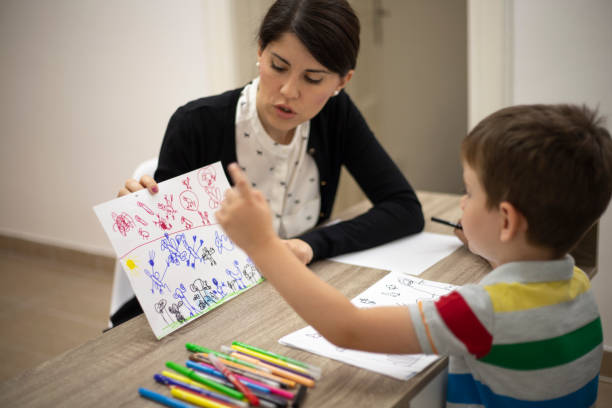Designing for an Aging Population

The elderly population is growing and is expected to double by 2050. There’s a lot of focus on developing products and services that will help them stay healthy and live longer in their homes.
Both technology companies and insurance companies are developing these products. Smart home sensors are available to help people live independently. Telehealth services allow caregivers to chat over video and many connected devices that can be used to track blood pressure, weight, or any other information.
This is where the Australian government has shifted its attention. The Health Care Homes program is designed to provide people with chronic illnesses with one place to go for help. Consumer-directed care models will allow people more control over what products and services they choose to use.
This means there will be a lot of products to choose from. People will choose the products that are most beneficial to them. These are some things to remember when creating a product for the elderly.
Things to do right
Get acquainted with the people you are designing for
Most of those who create new technology are younger and more tech-savvy, so there is often a gap in understanding the experiences of older people. When your vision is flawless, it can be difficult to relate to poor mobility or vision. Face-to-face research is the only way to bridge this gap.
We visited the homes of older adults to learn more about their lives and their views on technology. The direction of the project was quickly established us. We learned that paper is still an important part of their lives and will not be replaced anytime soon and that mobiles and other smaller devices are often too difficult to use. Strong relationships are essential for staying healthy.
Take into consideration vision, hearing, and motor skills.
In our 40s, our eyesight starts to decline. If you look closer, it is harder to see the differences between similar colours. Bob shared with us his choice of font size for his Kindle. This explains why he finds mobile phones too difficult to use. It is important to make text easy to read and understand. This can be done by using larger fonts or icons. Text contrast ratios are important.
Motor control can also decrease as we age, making it more difficult to use a mouse. In user testing, an 80-year-old woman used both hands to control the mouse. This is a great reason to keep interaction and navigation as simple as possible.
Strengthen relationships
Older people have more relationships with their loved ones than those younger, perhaps because they have had the opportunity to nurture them. We researched how older people interact with healthcare professionals. Many times, they have seen the same doctors for many decades. This has led to a high level of trust. George, 73, says that he views it as going to see old friends. He feels able to tell his GP anything.
The world available to seniors can be reduced due to mobility and health issues. This is where digital technology can play a crucial role, connecting people virtually when it is difficult to be in the same place.
Allow connection with a small, more important group of people (not an unimportant, large social network). When dealing with trusted individuals, don’t forget to protect their privacy and security.



Leave a Reply